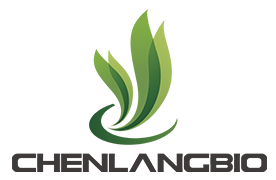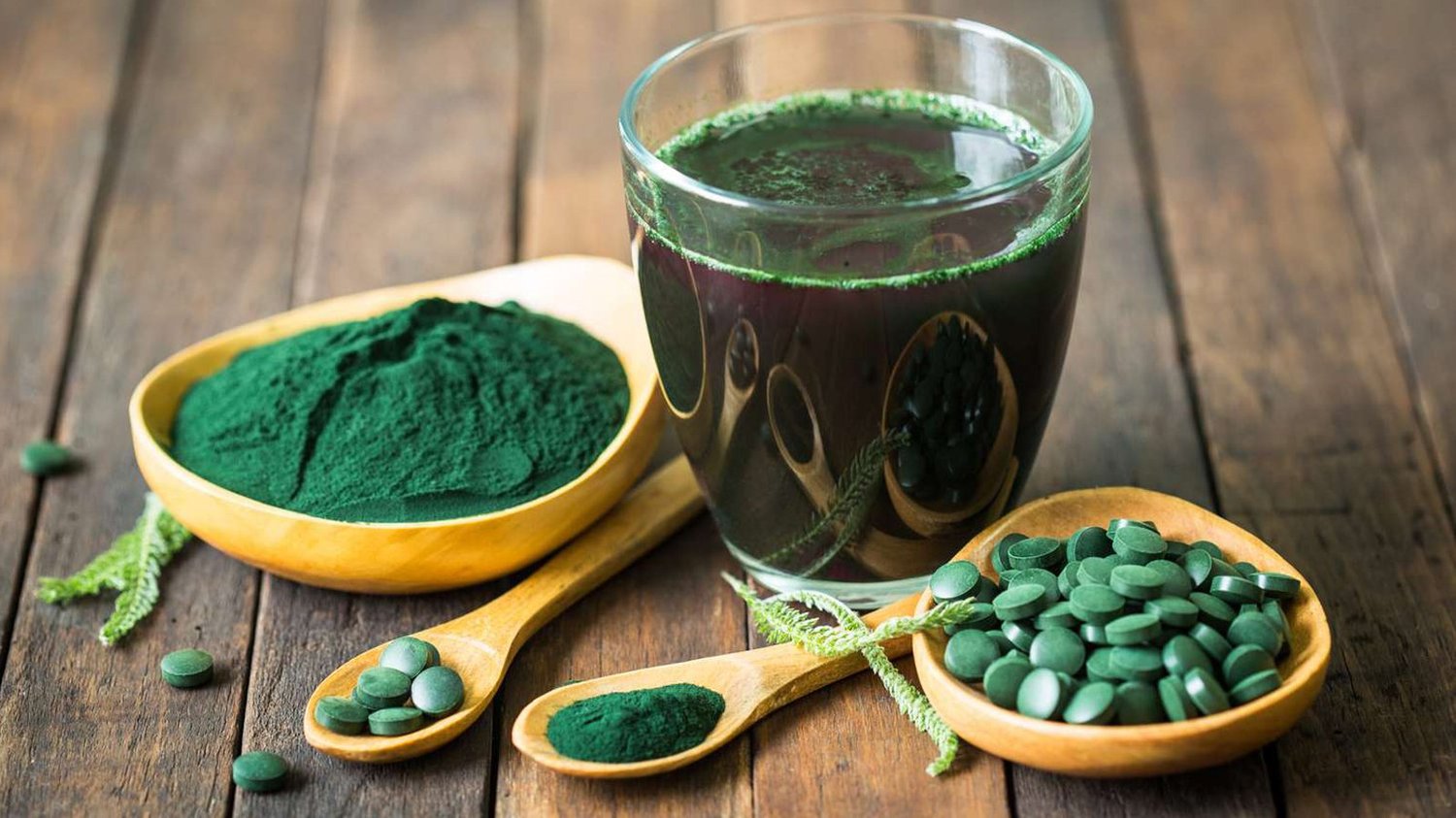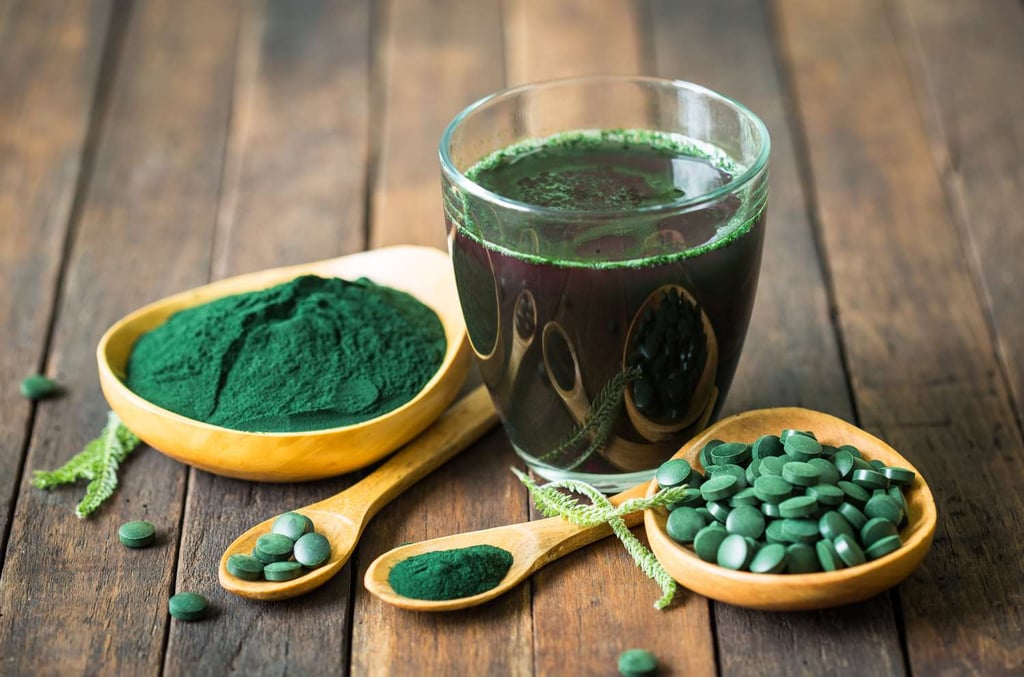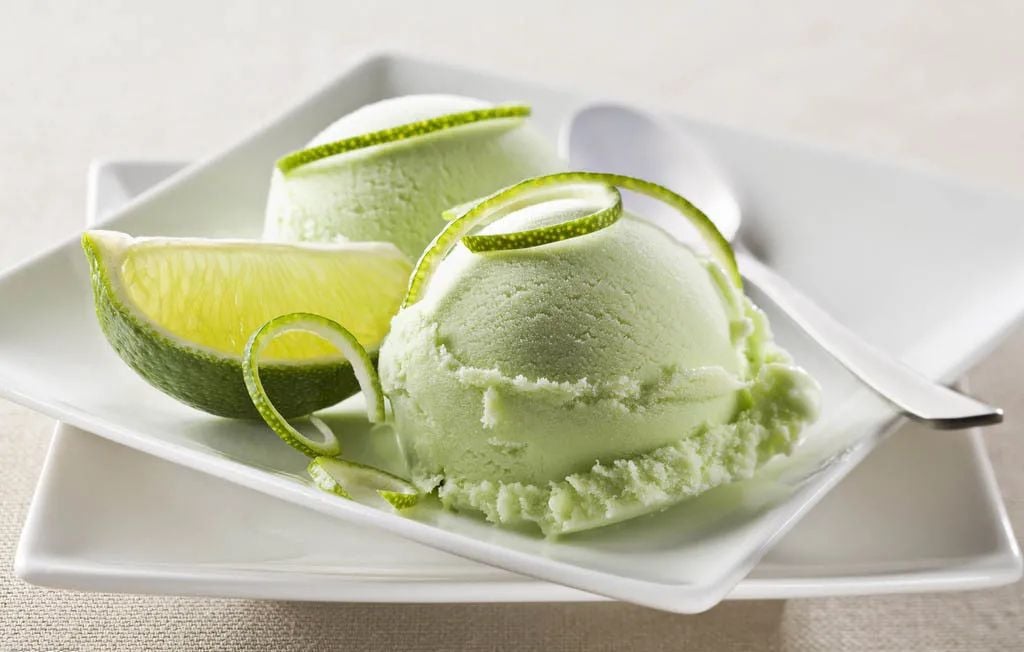Sodium copper chlorophyllin is often simply referred to as chlorophyllin. It is a semi-synthetic derivative of chlorophyll, the natural green pigment found in plants. Through a process that replaces the central magnesium ion in chlorophyll with copper, chlorophyllin gains greater stability and water solubility, this maks it particularly useful for therapeutic, cosmetic, and food applications. This green-hued compound has garnered attention for its potential health benefits, including its roles in deodorization, antioxidant activity, and promoting wound healing. XI AN CHEN LANG BIO TECH mainly supply Sodium Copper Chlorophyllin powder with different specifications 10%~99%. In this article, we'll explore the scientific basis for these benefits, review current research, and highlight important usage guidelines and considerations of it.
How Sodium Copper Chlorophyllin Made
Sodium copper chlorophyllin is not naturally extracted; it’s synthesized by modifying chlorophyll extracted from plants, typically alfalfa, spinach and so on. The chlorophyll undergoes a process called saponification, which makes it water-soluble. This characteristic is especially beneficial for dietary supplements and medicinal use, as it enhances the compound’s bioavailability.
How It's Made
Extraction: Chlorophyll is first extracted from plants.
Saponification: The magnesium in chlorophyll is replaced with copper, making it more stable.
Commercial Availability: The final product, sodium copper chlorophyllin powder is a stable green pigment that can be used in various industries.
This chemical alteration renders chlorophyllin more versatile and potent in therapeutic applications, distinguishing it from its original chlorophyll structure.
Source of Chlorophyllin
Here's a table showing common foods rich in chlorophyll, along with approximate chlorophyll content per 100 grams
|
Food |
Chlorophyll Content (mg/100g) |
Description |
|
Spinach |
24.0 |
Leafy green, high in vitamins A and K |
|
Parsley |
19.0 |
Herb, used fresh or dried |
|
Kale |
18.0 |
Leafy green, rich in fiber and antioxidants |
|
Green Beans |
15.3 |
Low-calorie vegetable, source of vitamin C |
|
Arugula |
8.2 |
Leafy green, peppery flavor |
|
Leeks |
7.7 |
Mild, onion-like flavor |
|
Garden Peas |
7.5 |
Protein-rich legume |
|
Broccoli |
6.8 |
Cruciferous vegetable, high in vitamin C |
|
Brussels Sprouts |
6.4 |
Cruciferous vegetable, rich in fiber |
|
Asparagus |
6.0 |
Low-calorie vegetable, good source of folate |
|
Cilantro (Coriander) |
5.9 |
Fresh herb, often used in cooking |
|
Mustard Greens |
5.4 |
Leafy green, slightly spicy flavor |
|
Wheatgrass |
5.1 |
Juice or powder form, often used in supplements |
|
Collard Greens |
4.5 |
Leafy green, high in calcium |
|
Seaweed (Nori) |
3.0 |
Used in sushi and other dishes |
|
Cabbage (Green) |
2.7 |
Leafy vegetable, commonly used in salads |
Is Sodium Copper Chlorophyllin Natural
Sodium copper chlorophyllin vs chlorophyll. Chlorophyll is the natural green pigment found in plants that enables photosynthesis. It contains a magnesium ion at its core, which is essential for its function in plants. Sodium copper chlorophyllin is a semi-synthetic derivative of chlorophyll. During manufacture processing, the central magnesium ion in chlorophyll is replaced with a copper ion, and the molecule is further modified to make it water-soluble.
Sodium Copper Chlorophyllin Health Benefits
Deodorizing Agent
One of the earliest recognized applications of sodium copper chlorophyllin was in neutralizing odors. Studies have demonstrated its effectiveness in reducing unpleasant body and mouth odors, which has led to its incorporation into oral hygiene products and deodorants. This deodorizing action is thought to occur because chlorophyllin can bind to odorous compounds, neutralizing them before they are expelled from the body.
Applications
Oral Hygiene: It is used in mouthwashes and toothpaste to reduce bad breath.
Body Deodorization: Chlorophyllin is used by patients with incontinence issues or ostomies to manage odor.
Detoxification: Some believe it aids in detoxifying the bloodstream, although research here is ongoing.
Antioxidant and Anti-inflammatory Effects
Chlorophyllin is lauded for its potent antioxidant properties, which help to neutralize free radicals, molecules that can damage cells and contribute to aging and disease. Studies suggest that chlorophyllin may help reduce oxidative stress, supporting the body’s defense mechanisms and potentially lowering the risk of chronic diseases such as cancer and heart disease.
Mechanism
Free Radical Scavenger: Chlorophyllin effectively scavenges reactive oxygen species, which are responsible for oxidative damage.
Anti-inflammatory: By reducing oxidative stress, chlorophyllin can also contribute to reducing inflammation.
Research Highlights
Animal studies have shown that chlorophyllin supplementation can significantly reduce markers of inflammation and oxidative damage.
Some preliminary studies also suggest potential benefits of sodium copper chlorophyllin bulk powder for skin health and aging, but more research is needed in human trials.
Cancer Prevention Potential
Sodium copper chlorophyllin has been studied extensively for its potential role in cancer prevention. Research indicates that chlorophyllin may block the absorption of certain cancer-causing compounds in the digestive system, particularly from toxins found in charred meats and other environmental pollutants.
Mechanism
Blocking Carcinogens: Chlorophyllin can bind to known carcinogens, reducing their absorption in the gastrointestinal tract.
Enhancing Cellular Defense: It activates enzymes involved in detoxification, supporting the body’s natural defenses.
Scientific Evidence
Animal studies have shown promising results in reducing the incidence of liver and colon cancers.
Limited human trials suggest chlorophyllin could have a protective effect, particularly among individuals exposed to environmental carcinogens, but more studies are necessary for conclusive results.
Wound Healing and Skin Protection
Chlorophyllin’s anti-inflammatory and antibacterial properties have made it popular in topical applications in skincare industry. Studies have shown that chlorophyllin can be used to treat wounds, burns, and skin infections, accelerating healing and reducing inflammation.
Applications
Topical Creams: Chlorophyllin is included in creams and ointments for wound care.
Burn Treatments: It has shown promise in reducing infection rates and enhancing recovery in burn patients.
Skin Health: The antioxidant properties of chlorophyllin may also support anti-aging and protect against UV-induced skin damage.
Research Highlights
Clinical studies have indicated that chlorophyllin can reduce the time needed for wounds to heal, likely due to its antibacterial and anti-inflammatory effects.
Internal Cleansing and Digestive Health
Advocates often suggest that chlorophyllin aids in detoxifying the body by binding to and removing toxins. While this use is somewhat controversial and not yet fully supported by science, there are a few studies that indicate chlorophyllin’s potential to promote liver health and support digestion.
Potential Benefits
Gut Health: Some research indicates that chlorophyllin may support the gut by balancing bacteria and aiding in digestion.
Detox Support: Chlorophyllin’s ability to bind toxins could aid in reducing the body’s toxic load.
Sodium Copper Chlorophyllin Applications
Food Additives
Through research on bioactive substances in plant foods, it has been found that chlorophyll is a natural bioactive substance. As derivatives of chlorophyll, metalloporphyrins are unique and widely used among all natural pigments.
Natural chlorophyll is easily decomposed when exposed to factors such as heat, light, acid and alkali, and is insoluble in water, which limits its application. Chlorophyllin copper complex sodium salt is converted from chlorophyll, and natural chlorophyll has two structures, making the composition and structure of sodium copper chlorophyllin salt more complex. In fact, only using molecular formula to express copper sodium salt is insufficient compared with its wide application.
For Textiles
Due to the increasing awareness of environmental protection and people's increasing emphasis on health, the negative impact of synthetic dyes for textiles on human health and the ecological environment has become increasingly prominent. Dyeing textiles with green, pollution-free natural dyes has become a research direction for many scholars.
Natural dyes rarely dye green, and sodium copper chlorophyllin is a food-grade green pigment and a natural chlorophyll derivative.
The extracted chlorophyll can be refined through reactions such as saponification and copperization. It is a metalloporphyrin with high stability and appears as a dark green powder with a slight metallic luster.
Cosmetics
Likewise, sodium copper chlorophyllin powder can be added to cosmetics as a colorant. It is a dark green powder, odorless or has a slight odor.
Sodium copper chlorophyllin solubility is water, transparent and emerald green, deepening as the concentration increases, resistant to light, high temperature, and stable performance. In a 1% solution with a pH of 9.5~10.2, when the pH is lower than 6.5, precipitation will occur when encountering calcium. It is slightly soluble in ethanol, prone to precipitation in sour drinks.
Its light resistance is better than that of chlorophyll, and it decomposes when heated above 110℃. Sodium copper chlorophyllin has the characteristics of stability and low toxicity, and has been widely used in the cosmetics industry.
Sodium Copper Chlorophyllin Potential Side Effects and Precautions
Sodium copper chlorophyllin is generally well-tolerated; however, like any supplement, it may cause some side effects. Common mild effects include green discoloration of stool and, occasionally, stomach cramps. Rarely, people may experience allergic reactions, so it’s wise to begin with a low dose when first using the supplement.
Safety Guidelines
Sodium Copper Chlorophyllin Pregnancy and Breastfeeding: There is limited research on chlorophyllin’s safety during pregnancy or breastfeeding, so it’s recommended to avoid it during these times.
Photosensitivity: Some users may experience increased sensitivity to sunlight, so using sunscreen is advisable when applying chlorophyllin-based topical products.
Consultation: Individuals with a history of certain medical conditions, such as autoimmune diseases, should consult a healthcare provider before taking sodium copper chlorophyllin supplements, as its effects on immune function are not fully understood.
Conclusion
As a leader of china sodium copper chlorophyllin manufacturer and factory, we supply high quality and different specifications of sodium copper chlorophyllin powder. It is a versatile compound with a range of potential health benefits, including deodorization, antioxidant support, wound healing, and possibly even cancer prevention. While it holds promise in multiple health areas, more comprehensive human studies are needed to confirm many of its purported benefits. Please send inquiry to email: extract@chenlangbio.com if you want to buy sodium copper chlorophyllin and get sodium copper chlorophyllin price.





